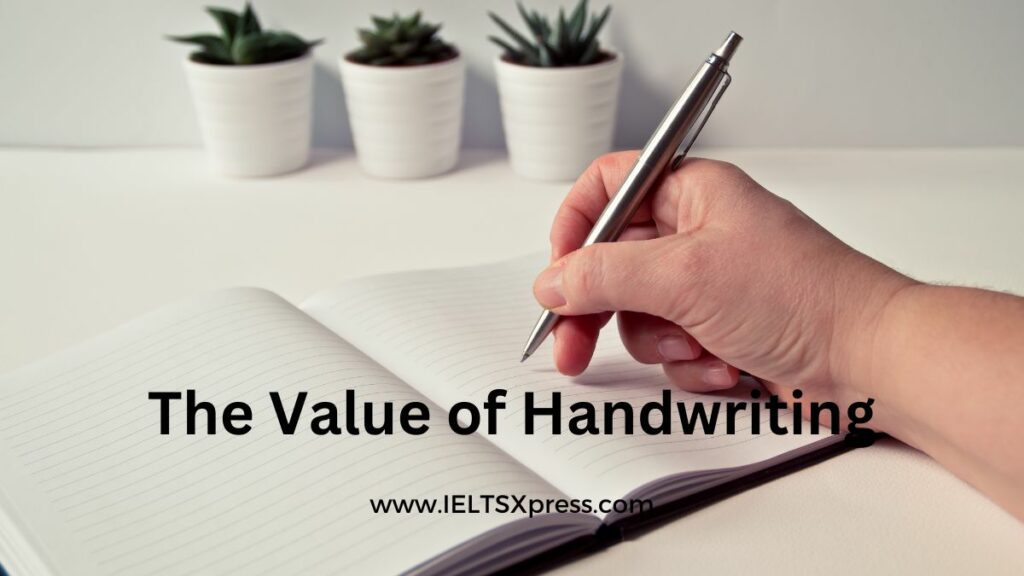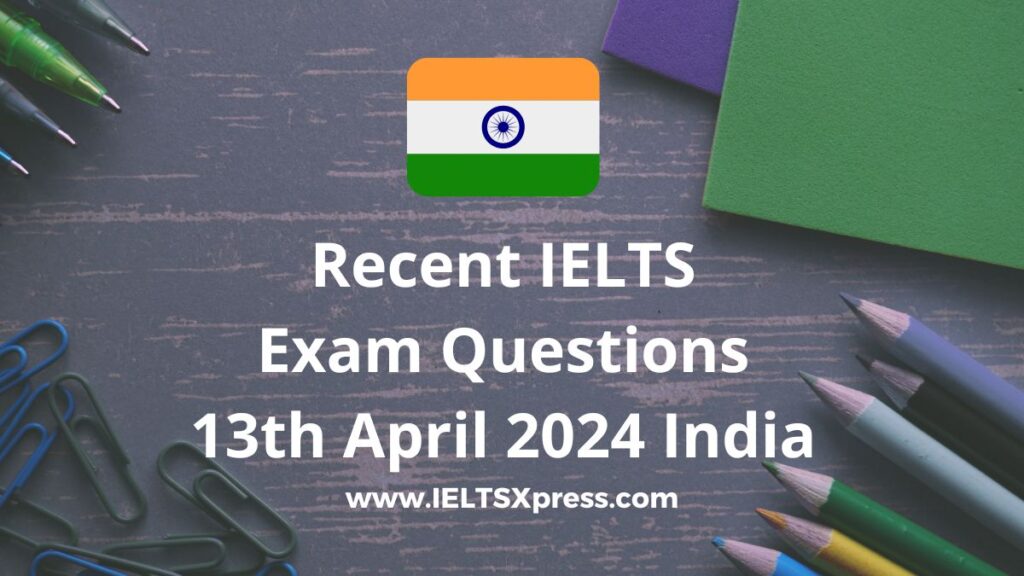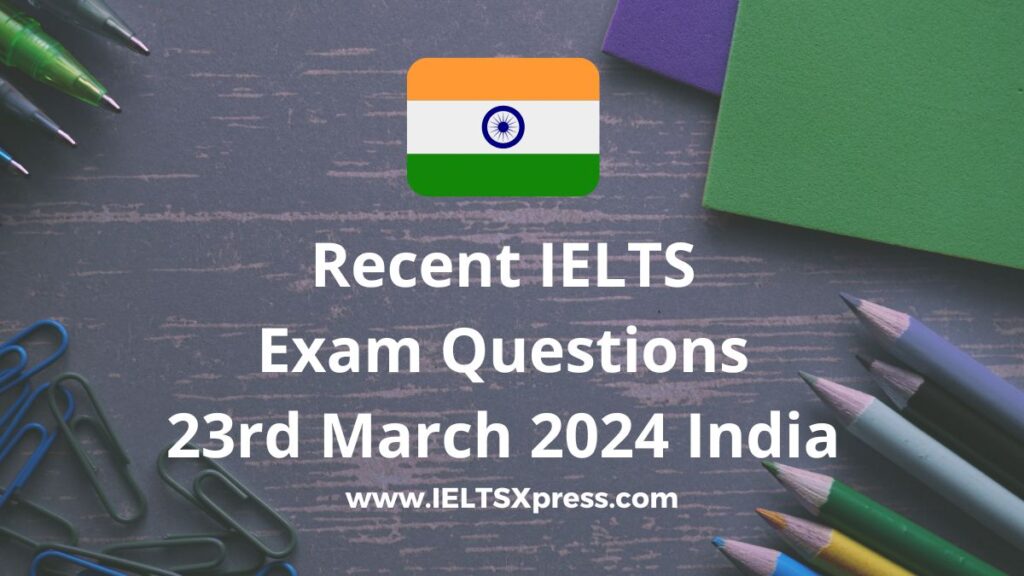The Value of Handwriting IELTS Reading with Answers
READING PASSAGE 1
You should spend about 20 minutes on Questions 1-14 which are based on Reading Passage 1 below.
Real IELTS Exam Question, Reported On:
Practice with Expert IELTS Tutors Online
Apply Code "IELTSXPRESS20" To Get 20% off on IELTS Mock Test
| India | 28th January 2023 |
THE VALUE OF HANDWRITING
A
‘When I was in school in the I 970s,’ says Tammy Chou, ‘my end-of-term report included Handwriting as a subject alongside Mathematics and Physical Education, yet, by the time my brother started, a decade later, it had been subsumed into English. I learnt two scripts: printing and cursive, *while Chris can only print.’
The 2013 Common Core, a curriculum used throughout most of the US, requires the tuition of legible writing (generally printing) only in the first two years of school; thereafter, teaching keyboard skills is a priority.
B
‘I work in recruitment,’ continues Chou. ‘Sure, these days, applicants submit a digital CV and cover letter, but there’s still information interviewees need to fill out by hand, and I still judge them by the neatness of their writing when they do so. Plus there’s nothing more disheartening than receiving a birthday greeting or a condolence card with a scrawled message.’ ieltsxpress
C
Psychologists and neuroscientists may concur with Chou for different reasons. They believe children learn to read faster when they start to write by hand, and they generate new ideas and retain information better. Karin James conducted an experiment at Indiana University in the US in which children who had not learnt to read were shown a letter on a card and asked to reproduce it by tracing, by drawing it on another piece of paper, or by typing it on a keyboard. Then, their brains were scanned while viewing the original image again. Children who had produced the freehand letter showed increased neural activity in the left fusiform gyrus, the inferior frontal gyrus, and the posterior parietal cortex – areas activated when adults read or write, whereas all other children displayed significantly weaker activation of the same areas.
James speculates that in handwriting, there is variation in the production of any letter, so the brain has to learn each personal font – each variant of ‘F’, for example, that is still ‘F’. Recognition of variation may establish the eventual representation more permanently than recognising a uniform letter printed by computer.
Victoria Berninger at the University of Washington studied children in the first two grades of school to demonstrate that printing, cursive, and keyboarding are associated with separate brain patterns. Furthermore, children who wrote by hand did so much faster than the typists, who had not been taught to touch type. Not only did the typists produce fewer words but also the quality of their ideas was consistently lower. Scans from the older children’s brains exhibited enhanced neural activity when their handwriting was neater than average, and, importantly, the parts of their brains activated are those crucial to working memory.
Pam Mueller and Daniel Oppenheimer have shown in laboratories and live classrooms that tertiary students learn better when they take notes by hand rather than inputting via keyboard. As a result, some institutions ban laptops and tablets in lectures and prohibit smartphone photography of lecture notes. Mueller and Oppenheimer also believe handwriting aids contemplation as well as memory storage.
D
Some learners of English whose native script is not the Roman alphabet have difficulty in forming several English letters: the lower case ‘b’ and ‘d’, ‘p’ and ‘q’, ‘n’ and ‘u’, ‘m’ and ‘w’ may be confused. This condition affects a tiny minority of first-language learners and sufferers of brain damage. Called dysgraphia, it appears less frequently when writers use cursive instead of printing, which is why cursive has been posited as a cure for dyslexia.
E
Berninger is of the opinion that cursive, endangered in American schools, promotes self-control, which printing may not, and which typing – especially with the ‘delete’ function – unequivocally does not. In a world saturated with texting, where many have observed that people are losing the ability to filter their thoughts, a little more restraint would be a good thing.
A rare-book and manuscript librarian, Valerie Hotchkiss, worries about the cost to our heritage as knowledge of cursive fades. Her library contains archives from the literary giants Mark Twain, Marcel Proust, HG Wells, and others. If the young generation does not lea cursive, its ability to decipher older documents may be compromised, and culture lost.
F
Paul Bloom, from Yale University, is less convinced about the long-term benefits of handwriting. In the 1950s – indeed in Tammy Chou’s idyllic 1970s – when children spent hours practising their copperplate, what were they doing with it? Mainly copying mindlessly. For Bloom, education, in the complex digital age, has moved on. ielts xpress
* A style of writing in which letters are joined, and the pen is lifted off the paper at the end of a word.
Questions 1-5
Passage 1 on the following page has six sections: A-F.
Choose the correct heading for sections B-F from the list of headings below.
Write the correct number, i-ix, in boxes 1-5 on your answer sheet.
List of Headings
i Handwriting and a more active brain
ii The disgrace of dysgraphia
iii A school subject
iv Handwriting has had its day
v Handwriting raises academic performance
vi Handwriting reduces typing ability
vii The medium is the message?
viii Cursive may treat a reading disorder
ix The social and cultural advantages of handwriting
Example Answer
Section A iii
1. Section B
2. Section C
3. Section D
4. Section E
5. Section F
Questions 6-9
Look at the following statements and list of people below.
Match each statement with the correct person: A, B, C, or D.
Write the correct letter A, B, C, or D, in boxes 6-9 on your answer sheet.
6. According to him/ her/ them, education is now very sophisticated, so handwriting is unimportant.
7. He/ She/ They found children who wrote by hand generated more ideas.
8. Universities have stopped students using electronic devices in class due to his/ her/ their research.
9. He/ She/ They may assess character by handwriting.
List of people
A. Tammy Chou
B. Victoria Berninger
C. Paul Mueller and Daniel Oppenheimer
D. Paul Bloom
Questions 10-14
Complete the summary using the list of words, A-H, below.
Write the correct letter, A-H, in boxes 10-14 on your answer sheet.
A correlation B dispute C essentially D evidence
E inevitable F proponents G psychologists H teachers
The value of handwriting
Educators in the US have decided that handwriting is no longer worth much curriculum time. Printing, not cursive, is usually taught. Some 10_________ and neuroscientists 11_________ this decision as there seems to be a(n) 12_________ between early reading and handwriting. Children with the best handwriting produce the most neural activity and the most interesting schoolwork. 13_________ of cursive consider it more useful than printing. However, not all academics believe in the necessity of handwriting. In the digital world, perhaps keyboarding is 14 _________
The Value of Handwriting Reading Answers
1. vii
2. i
3. viii
4. ix
5. iv
6. D
7. B
8. C
9. A
10. G
11. B
12. A
13. F
14. E
Also Check: Hydrogen Cars IELTS Reading Passage with Answers




